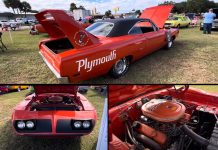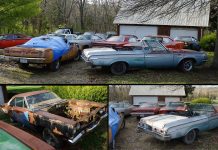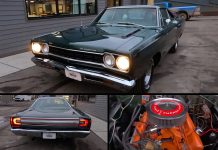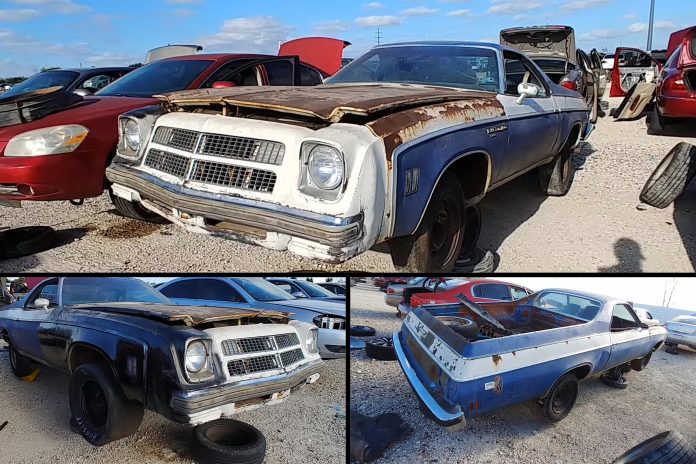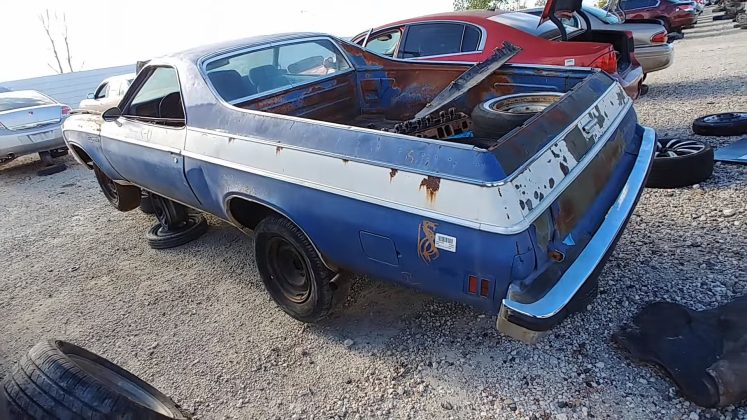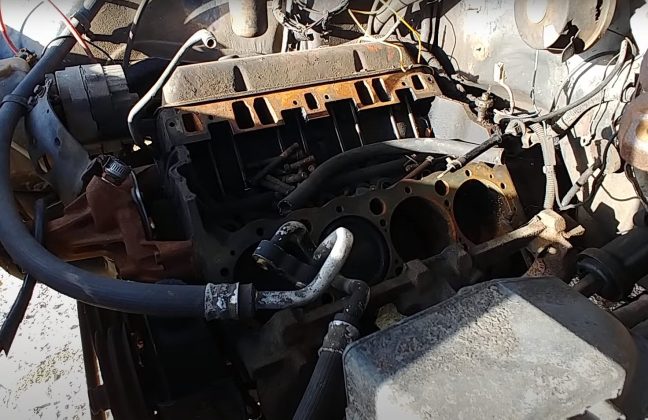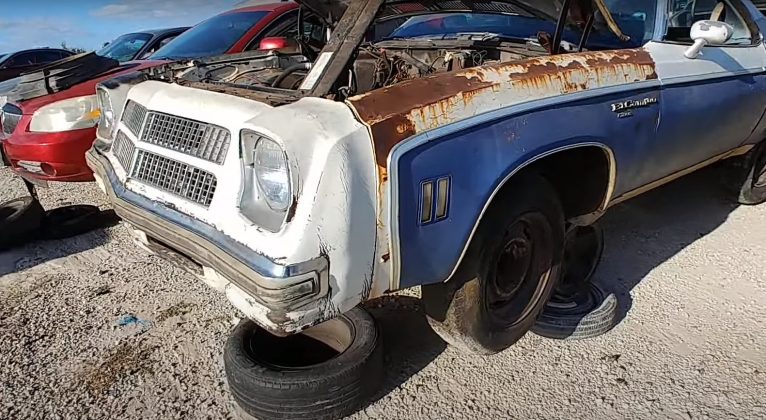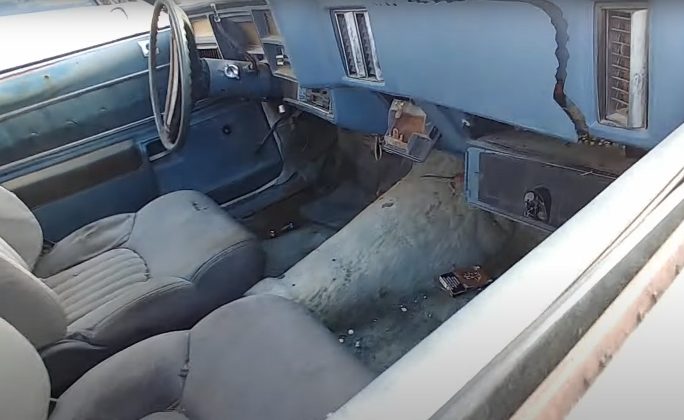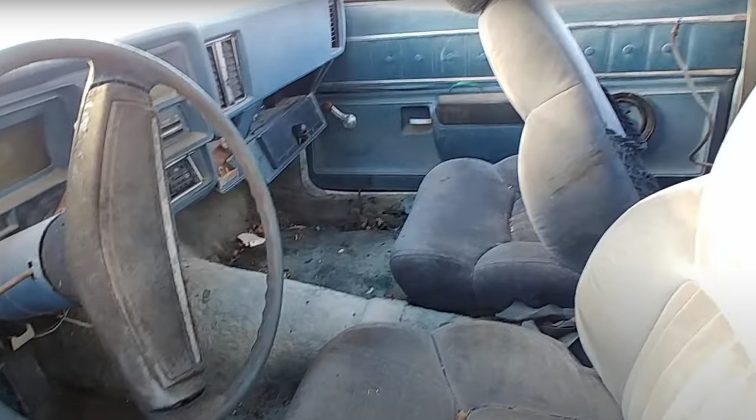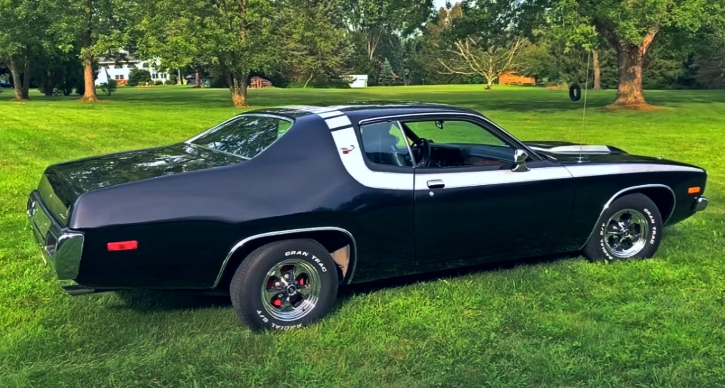The Chevrolet El Camino, introduced in 1959 to compete with the Ford Ranchero, has a history marked by multiple entries and exits from the automotive stage. After its initial run from 1959 to 1960, the El Camino made a comeback in 1964 and remained in showrooms until 1987. Despite more than three decades since its last appearance, some of us still hold out hope for a resurrection. Realistically, it may never return, but the El Camino left an indelible mark as a genuinely cool vehicle.
The Evolution of the El Camino
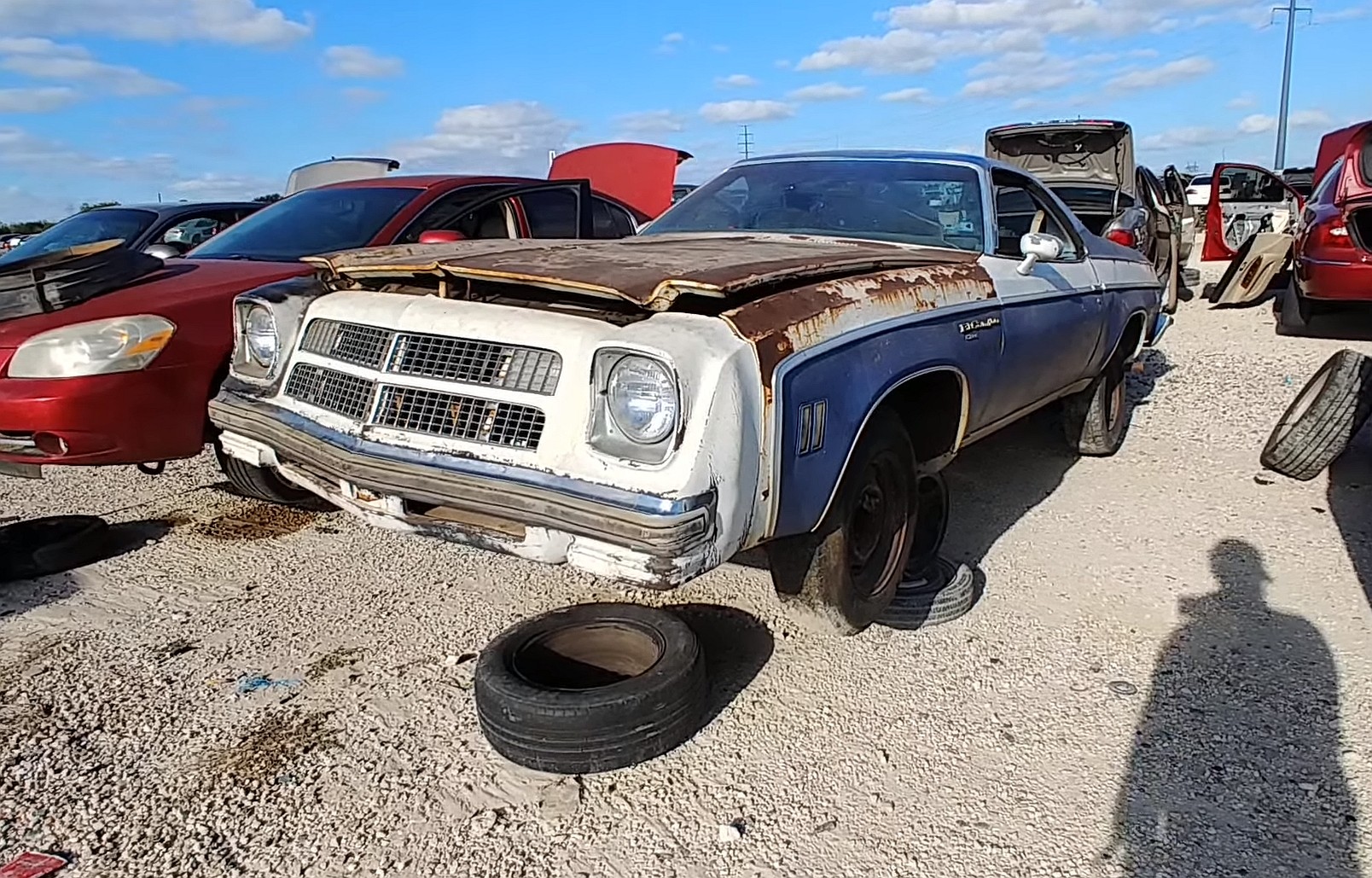
The first-generation El Camino, based on the full-size Brookwood wagon, was a particularly attractive model. However, the El Camino’s true revival happened in 1964 when it became a part of the Chevelle lineup. Enthusiasts can’t forget the powerhouse that was the 1970 SS 454 LS6, a mean and fast machine.
As we move on to the fourth and fifth generations of the El Camino, the emphasis shifted away from performance, making them great choices for collectors of classic cars from the Malaise Era. The G-body version, with its boxy appearance, has its fans. Still, it’s hard to ignore the unattractive design of the fourth-gen model from 1973 to 1977, especially with its frog-eyed front fascia.
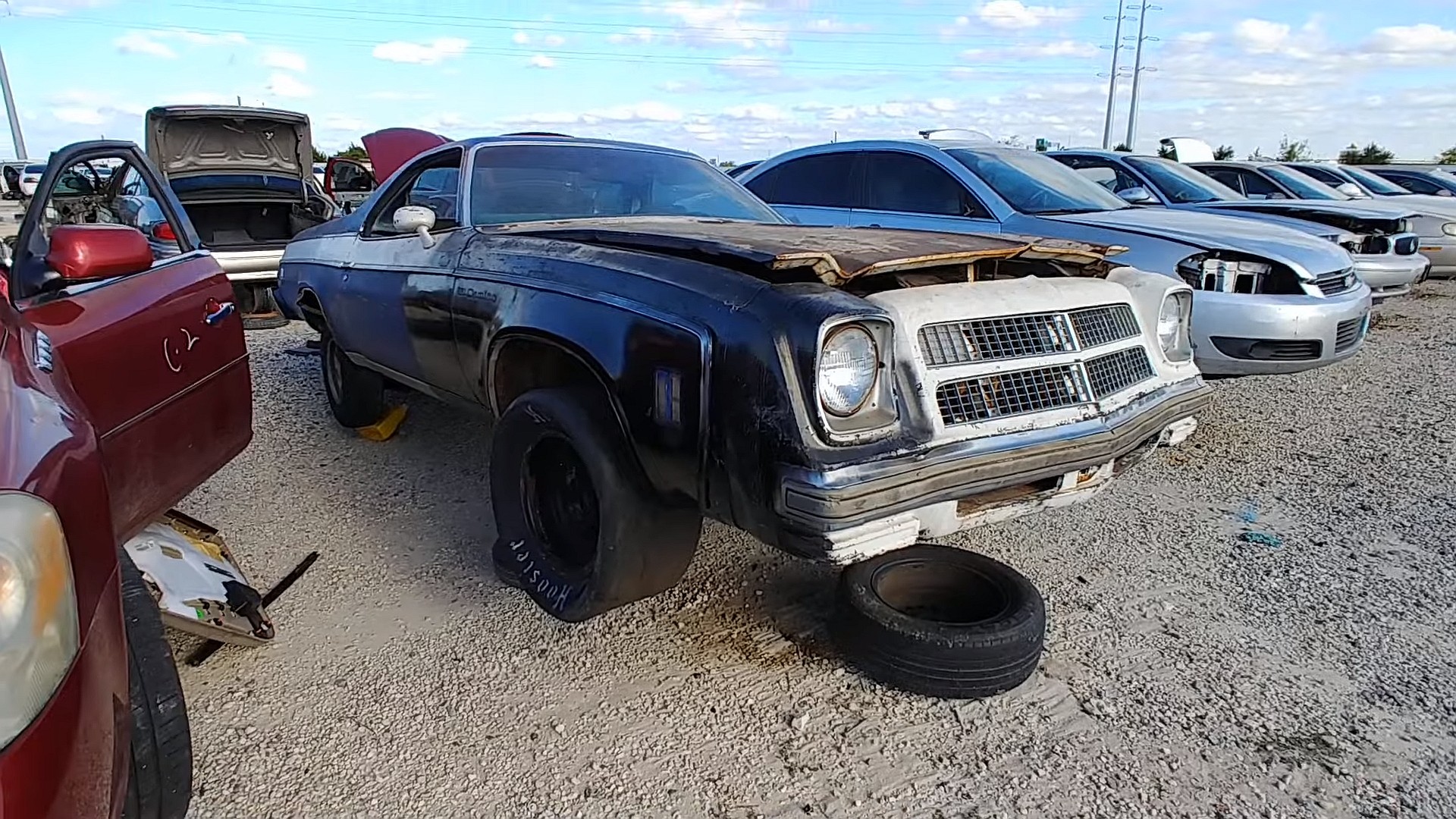
One particular fourth-gen El Camino from 1975 underwent a radical transformation – a Chevy Laguna face transplant. The Laguna, introduced as a top-of-the-line Chevelle trim in 1972, distinguished itself from the Malibu and Chevelle with unique features and a more appealing front end design. This transformation turned the Laguna into one of the sleekest cars of its time, which, when compared to many other American vehicles from the era, stands out for its aesthetics.
The Dream of a Laguna-Faced El Camino
While the Laguna-faced El Camino in question may not be a seamless conversion and needs significant restoration, it sparks a dream of what could have been. The potential for an El Camino with a Laguna S3 front clip remains an alluring idea. Over the years, enthusiasts have witnessed numerous impeccable modifications, adding to the excitement for the possibility of Laguna pickups.
Although the junkyard-found El Camino we’ve discussed may not be worth saving due to its condition, there’s a substantial pool of 1970s Lagunas and El Caminos available. Chevrolet produced nearly 250,000 fourth-gen El Caminos and about 109,000 Lagunas. These numbers hint at the potential for more enthusiasts to create their ideal Laguna-faced El Caminos.
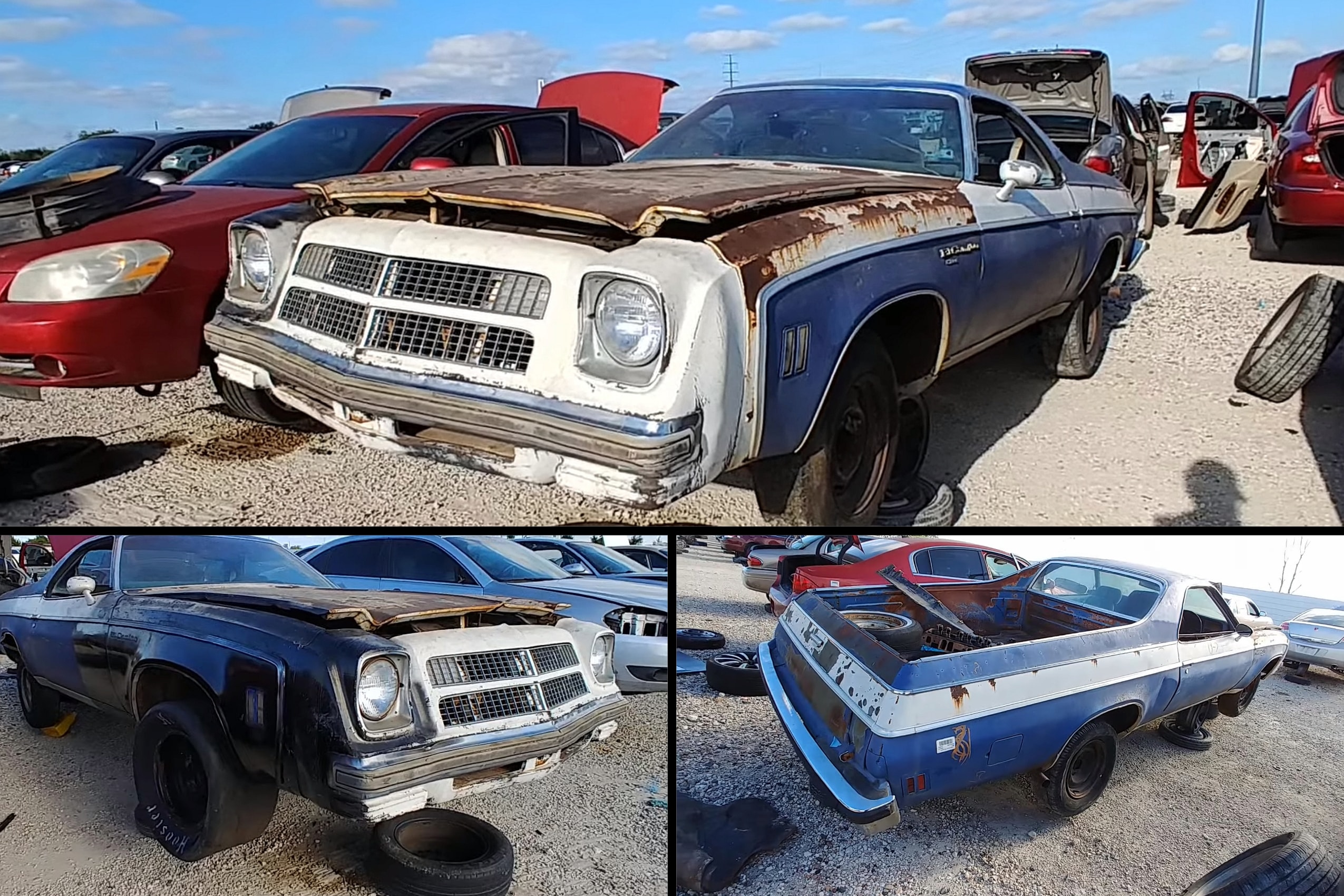
**FAQs**
**1. What is the Chevrolet El Camino’s history?**
The Chevrolet El Camino was first introduced in 1959 as a competitor to the Ford Ranchero. It was briefly discontinued in 1960 but returned to showrooms in 1964 and continued production until 1987.
**2. What are the standout models in the El Camino’s history?**
The 1970 SS 454 LS6 is one of the most memorable El Camino models, known for its impressive performance.
**3. What is the significance of the Chevy Laguna face transplant on the El Camino?**
The Chevy Laguna front end design was an appealing alternative to the less attractive front fascia of some El Camino models. The transformation aimed to make the El Camino more visually appealing.
**4. Are there any hopes for a comeback of the El Camino?**
While it’s unlikely, some enthusiasts still hope for the return of the El Camino, even though it has been more than 30 years since its last production.
**5. How many fourth-gen El Caminos and Lagunas were produced?**
Chevrolet produced nearly 250,000 fourth-gen El Caminos and about 109,000 Lagunas, making them relatively accessible for enthusiasts looking to create custom vehicles.



